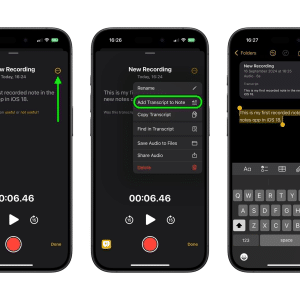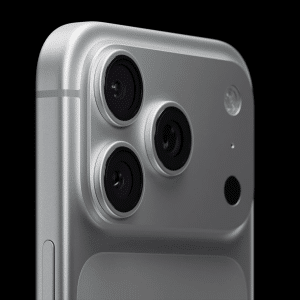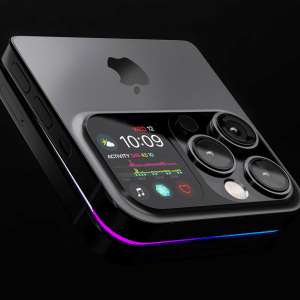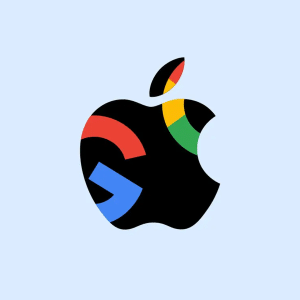Talk about a high-visibility boost. Apple chief Tim Cook invited the CEO of Anki on stage at Apple’s developer conference in June to demonstrate an early version of Anki’s artificial intelligence-powered racing game. The San Francisco start-up with a Carnegie-Mellon pedigree had been in stealth mode, working on applying robotics and AI to reinvent the way people play.
Judging by the delighted reaction of everyone I got to help me test-drive Anki’s first product, Anki Drive — my 6-year-old and 9-year-old kids, a college student, a few older adults — Anki has a swell chance to cross the finish line. Only it costs too much, and Anki Drive must travel further to meet its full potential.
Apple’s endorsement hasn’t stopped. Anki Drive goes on sale Oct. 23, exclusively, for now, in nationwide Apple retail stores and at Apple.com.
The game consists of a 102-inch by 42-inch by .02-inch vinyl racing track that you can roll up to take anywhere, plus the speedy cars that race on that track. There are four vehicles at launch, each about the size of a Matchbox or Hot Wheels car. Anki’s cars were designed by Harald Belker, who was behind one of the ’90s Batmobiles and autos in Minority Report, Tron Legacy and 2012’s Total Recall.
Anki’s vehicles are smart. The models have unique character traits that can evolve, kind of like video game characters coming to life in the physical world. You control cars via a free downloadable app that’s compatible with the iPhone (model 4s or later), iPad (third generation or later), or iPod Touch (third generation or later) — thus the Apple connection. Versions for Android are far down the road.
Anki supplied an iPhone and iPod Touch for testing purposes, since the app was not available in the App Store in the days leading up to launch.
Cars maintain their lanes as they speed around the track, without routinely spinning off as they did on the old Aurora Road Race set that I loved as a kid. You use your iOS device to steer — tilting a handset slightly to the left moves the car to the inside lane of the track; tilting in the opposite direction moves it outside. Anki explains that while the track appears to be black, the cars read special infrared codes that not only let them know where they are, but where the other cars are, as well. Cars can scan the track up to 500 times a second to determine positioning, speed and trajectory.
Anki says that scaled to real-world proportions, the cars can fly up to 250 mph, and maneuver with a tenth of an inch of clearance on either side. That ought to impress NASCAR fans. From the app, you can drag your thumb up or down a throttle control to increase or decrease your speed.
The goal of the game is to fire off weapons at your rivals, who, in turn, are firing at your vehicle, all to temporarily disable one or the other car as you dash around the track. Get enough hits, and you win. But you’re meant to fire judiciously, lest you weaken your energy reserves and become more vulnerable. You can compete solo against a clever “AI” car, or go against friends who are armed with their own iOS devices and vehicles.
Cars have a “tractor beam” that lets you pull a rival vehicle closer for a better shot. You can also employ shields to ward off attacks.
You can get up to speed on all this fairly quickly, with the help of a five-minute tutorial, which is narrated by Patrick Stewart, inside the app. Anki, which is pronounced AHN-key, means “to learn by heart,” the company says.
During a race, you hear sounds through your iOS handsets. The phone vibrates when your car has been hit. You earn points for disabling opponents, which you can “spend” upgrading cars (adding speed, adding weapons, etc). Upgrading a car is simple; you place the vehicle next to the handset, and the two communicate wirelessly through Bluetooth Low Energy, with no pairing required. Bluetooth is also used during a race.
I had a good time playing this first version of the game, but would still like to see more gameplay options. The pacifist (and parent) in me wished you could just race, without shooting at opponents. The app could also do better at reporting your score during a race. Given the video game comparisons, I can also envision an online community aspect to Anki Drive, but nothing is set along those lines as yet.
Fortunately, since Anki is software driven, the company promises to deliver new modes of gameplay over time.
Anki’s biggest roadblock may be that Anki Drive isn’t priced like a toy (which may partly explain why it’s solely available for now in Apple Stores and not, say, Toys R Us). It costs $199 for a base kit that comes with the track, charger, tire cleaner and two cars. Each additional car costs $69.
Battery life is also something to keep an eye on. You only get about 20 minutes of gameplay per fully charged car, or typically four to five games before you must make a refueling pit stop.
Fortunately, you can charge the cars, up to three at a time in as little as eight to 10 minutes, by placing them in cocoon-like cases that connect to power.
Anki Drive is entertaining, and the technology is a gas. But it needs to be cheaper and provide more (and less violent) modes of game play.
USA TODAY












